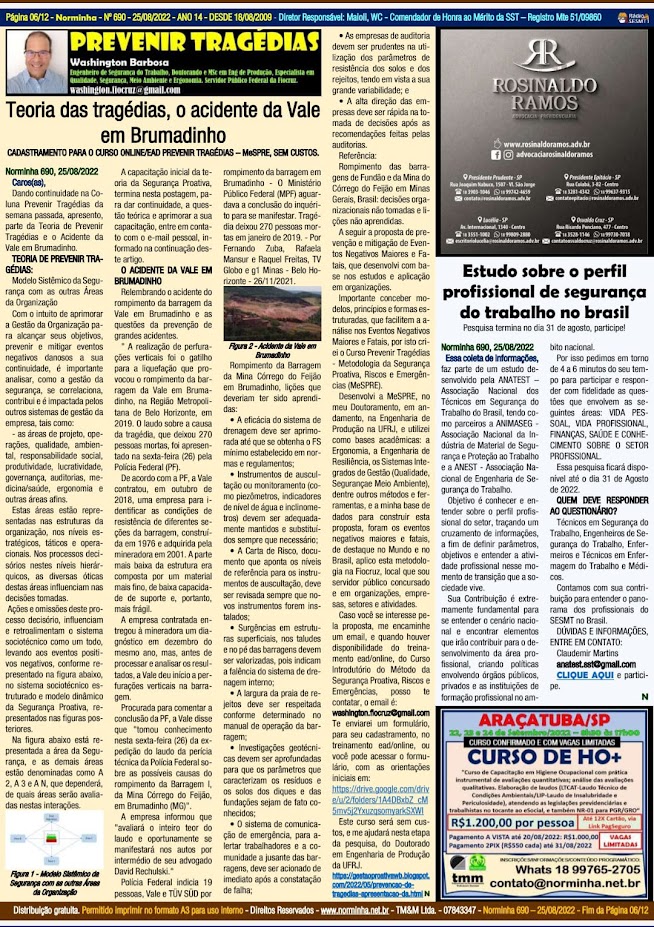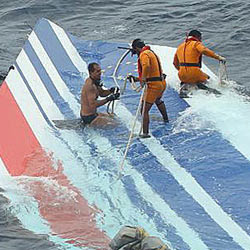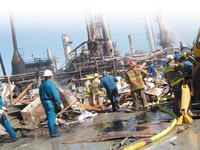Prevenir Tragédias - Prevent Tragedies - Texts in English and Portuguese - Textos em Inglês e em Português - Video about Safety - René Amalberti - Safety Science and MeSPRE - Vídeo sobre Segurança - René Amalberti - and RISK MANAGEMENT modules, AND THE PROACTIVE SAFETY METHOD, RISKS AND EMERGENCIES
Texts in English and Portuguese below. - Textos em Inglês e em Português a seguir. Video about Safety - René Amalberti, below: Vídeo sobre Segurança - René Amalberti, a seguir: Vídeo de uma entrevista de René Amalberti, pesquisador de destaque na Gestão de Riscos e da Safety Science. O destaque de René Amalberti, se dá pela linha de idéias e propostas, com boa aplicabilidade prática, na gestão das empresas. Se houver interesse, há a opção, de inserir legendas neste vídeo do you tube e configurar a tradução, para o português. Mais informações, vídeos, materiais complementares, sobre Segurança, acessar os links no final desta postagem. Você quer aprimorar as questões essenciais para a Prevenção de Tragédias, na sua organização, empresa, serviço ou atividade? Importante se debruçar sobre estas questões, e aprofundar os estudos acadêmicos, com aplicação nas empresas, para desenvolver propostas para evitar estas tragédias. Primordial apresentar modelos, princípios e formas estruturadas,





